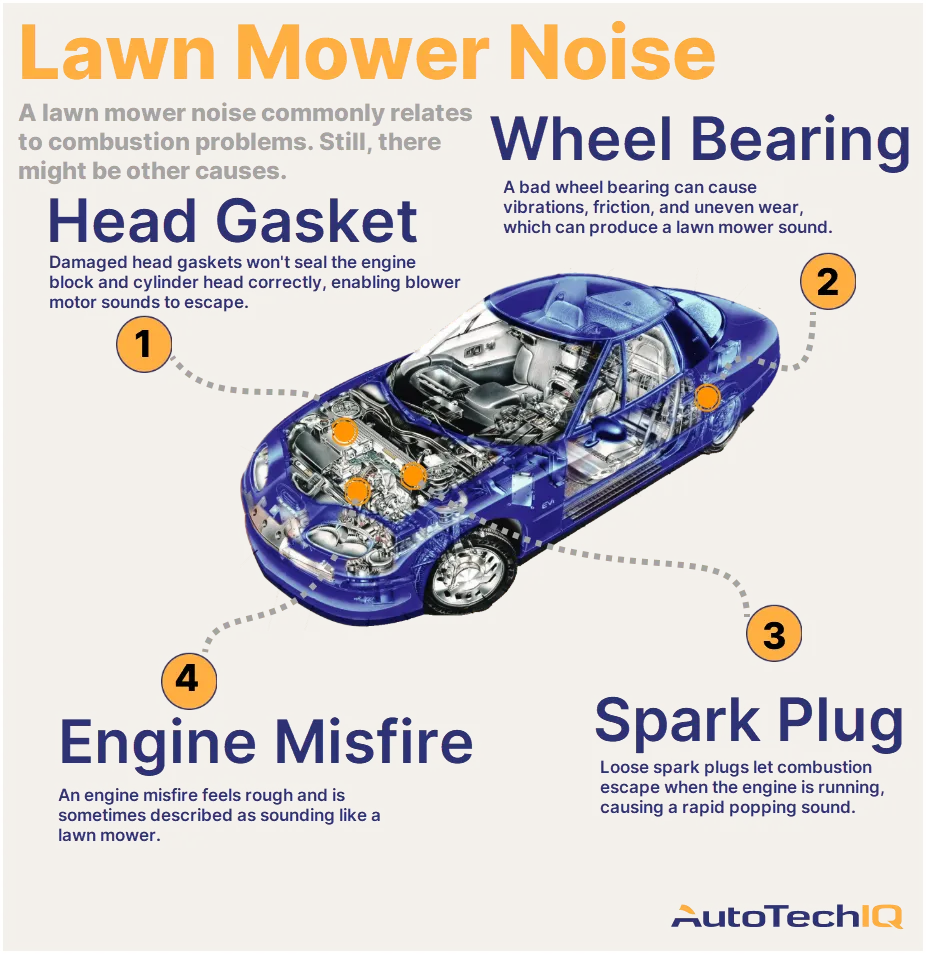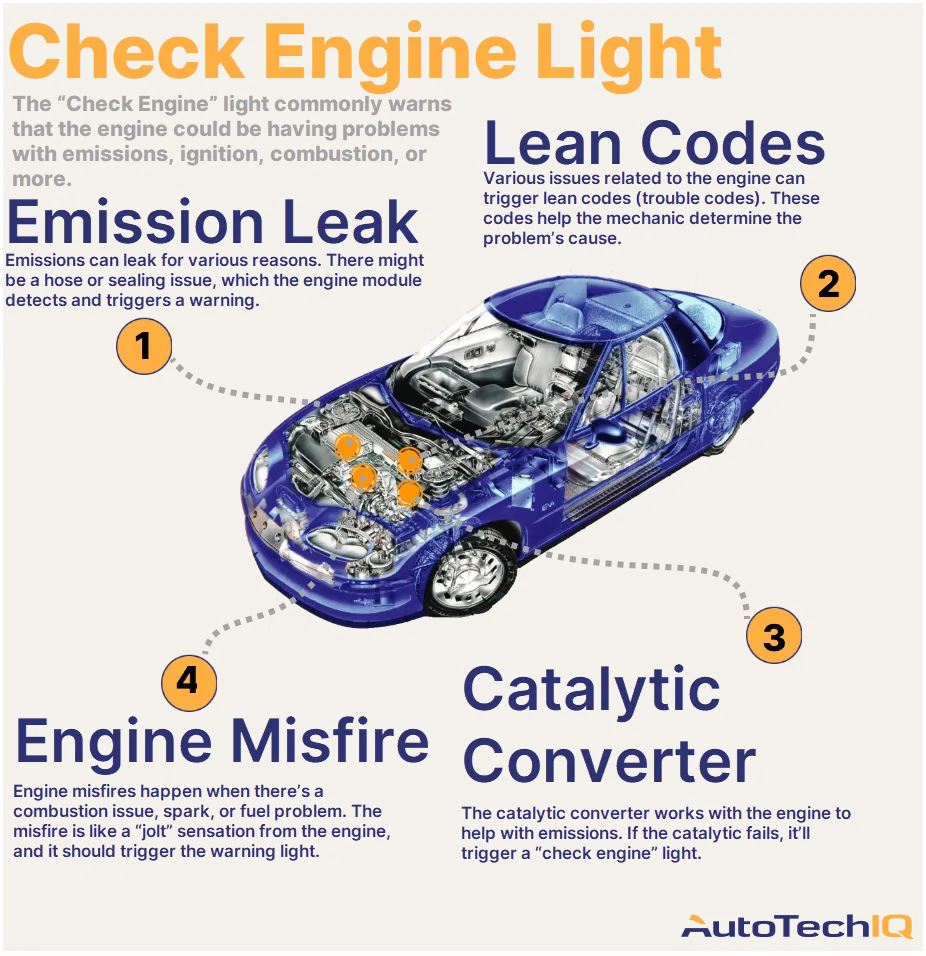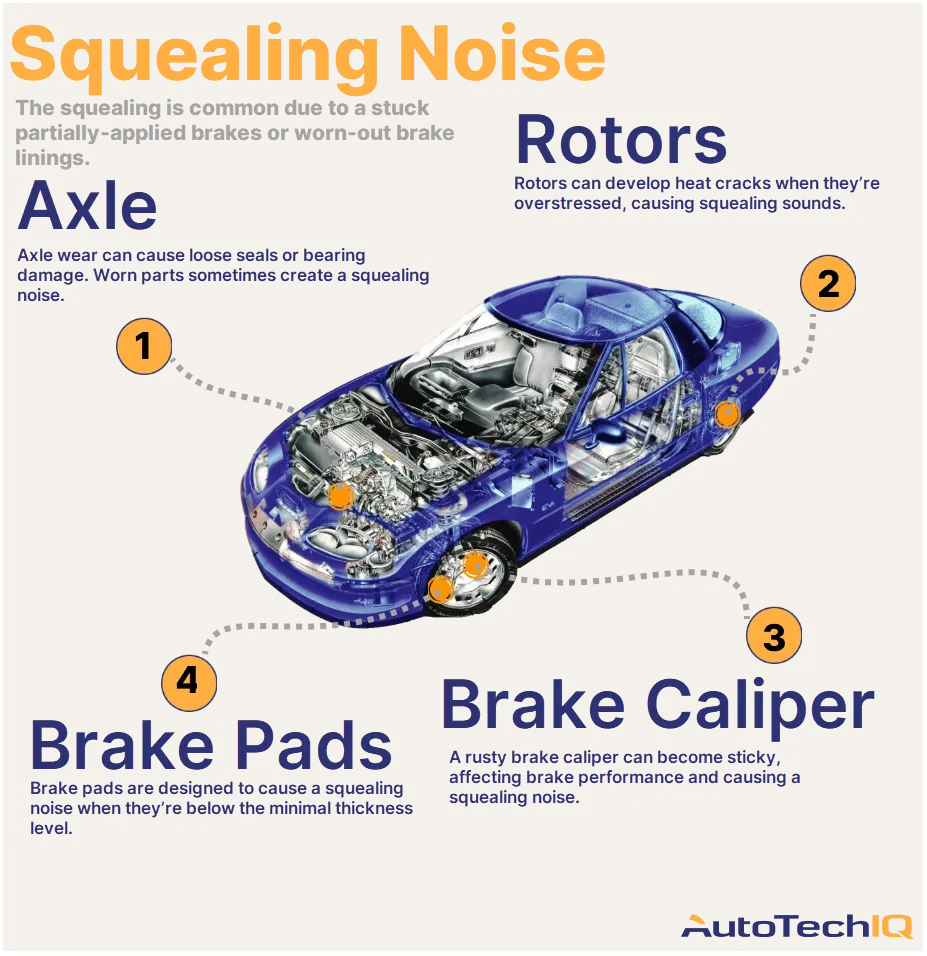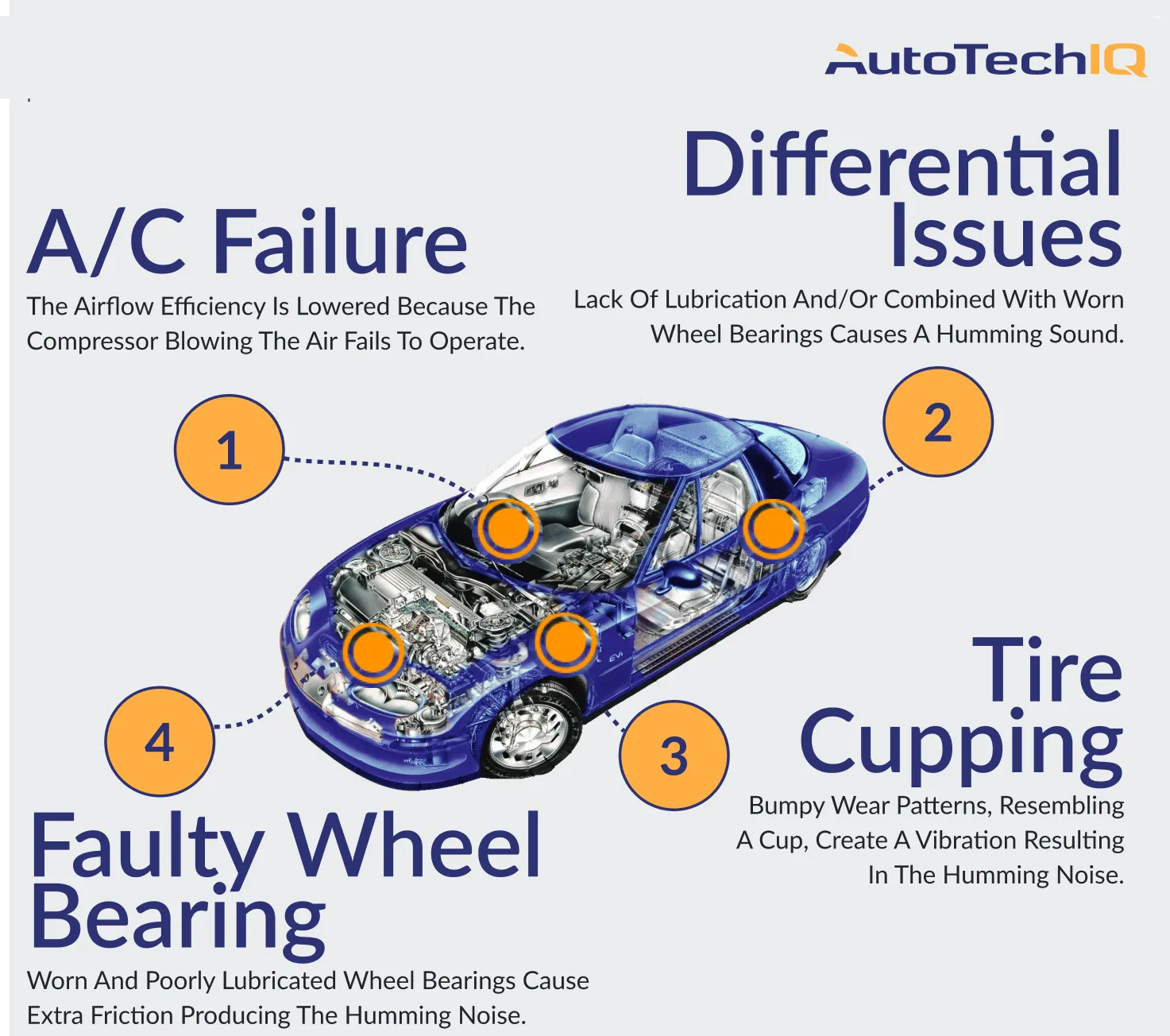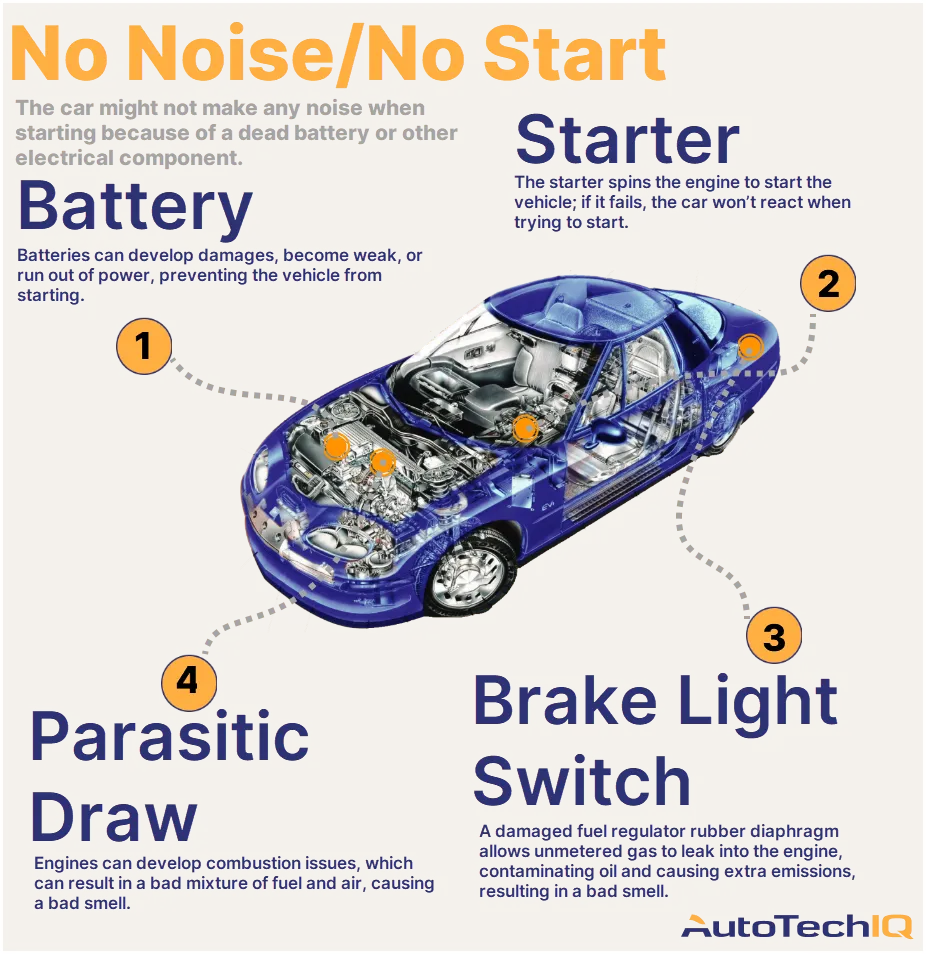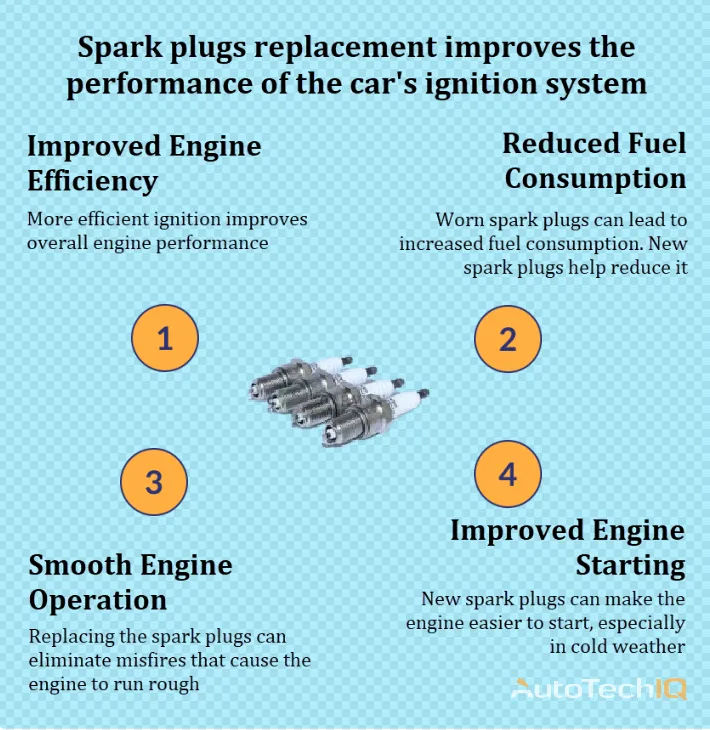
The spark plug is an electrical component installed in a car engine, which, through an electrical discharge and spark between electrodes, ignites the fuel mixture, providing the engine with the necessary energy for operation.
The stable operation of the engine, fuel consumption, and the overall performance of the car depend on the functioning of spark plugs. Depending on the type of engine, operating conditions, and manufacturer requirements, different types of spark plugs are used, which have various designs and operational parameters.
The main symptoms of a malfunctioning spark plug include poor cold engine start, uneven idle, loss of power, decreased acceleration, and increased fuel consumption. If you have noticed any of these symptoms in your car, we recommend visiting a certified auto service center for diagnostics and identifying the faulty spark plug. In such a case, it may be possible to replace only the problematic spark plug. When replacing a single spark plug, it is necessary for the replacement plug to match the plugs that are installed in the other cylinders (in terms of type, design, and manufacturer).
The main rules for replacing a spark plug include cleanliness in the well where the plug is located and tightening the spark plug with a specific force. If the old spark plug breaks while being removed and its parts fall into the engine cylinder, you should use a vacuum cleaner with a thin nozzle to remove the foreign particles. Depending on the engine and the manufacturer's recommendations, to ensure the engine's high-quality performance, regular replacement of the full set of spark plugs is advised. In such cases, do not immediately discard the old spark plugs; their appearance can reveal the condition of your car's engine. A well-functioning spark plug will have a light gray or light brown insulator cone.
If the insulator and electrodes are covered in wet, black soot and smell like fuel, this indicates that the fuel is not fully combusting and is forming a large amount of soot, possibly due to a faulty oxygen sensor or malfunctioning injectors, or other components of the fuel injection system. If the electrodes and insulator are covered in oily coke deposits, it may indicate a problem with the valve stem seals, valve guide bushings, or piston rings. It's also possible that transmission fluid is leaking into the intake manifold through a damaged brake booster diaphragm.
If the insulator is purely white, this suggests pre-ignition; in this case, the spark plug is improperly matched to the engine, or there is air leakage in the intake manifold, or the valves are stuck. Dark gray soot may indicate poor-quality fuel or a malfunction in the ignition system. In any case, a faulty spark plug should be replaced.
If you encounter a spark plug problem while on the road, older cars generally offer easier access for spark plug replacement. With newer cars, removing a spark plug is a more complex process requiring specific knowledge and special tools to remove protective elements and ignition coils. In such cases, we recommend contacting an emergency service for towing your car to an auto service center. In a good, certified service center, they will also perform additional diagnostics, check the engine error codes, and test other systems in the car. This is crucial, as, in most cases, the reason for the spark plug failure is due to a malfunction in the vehicle.


